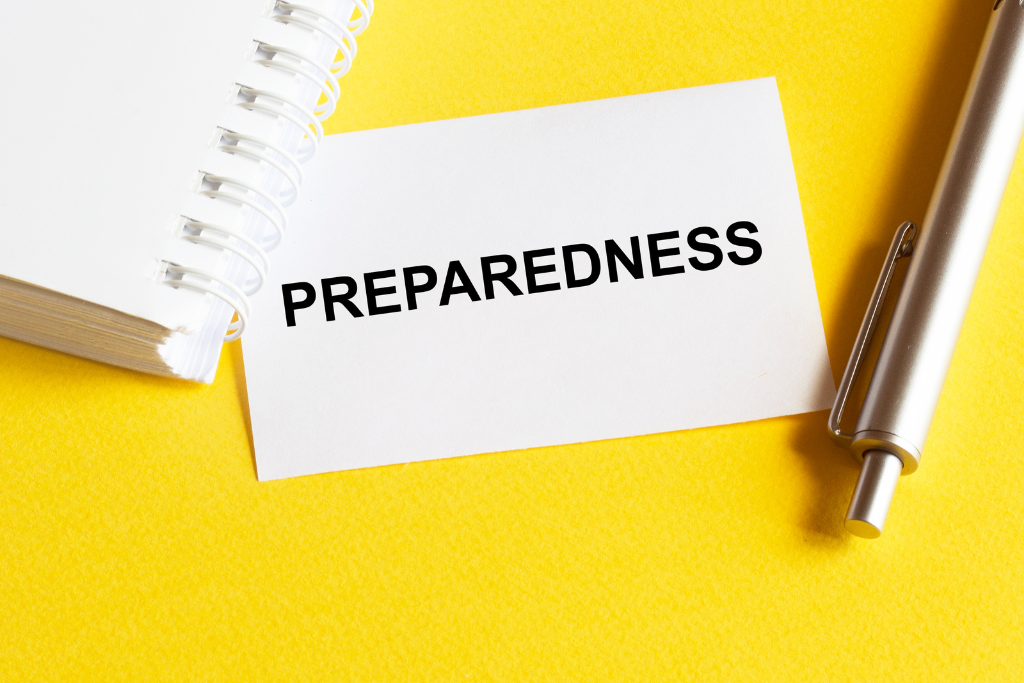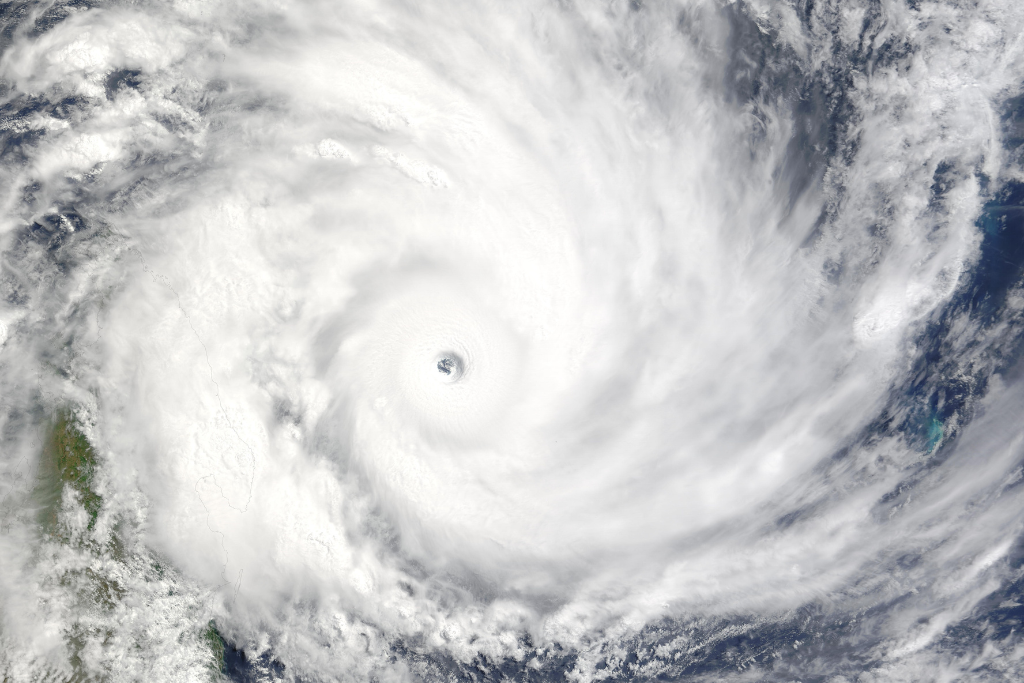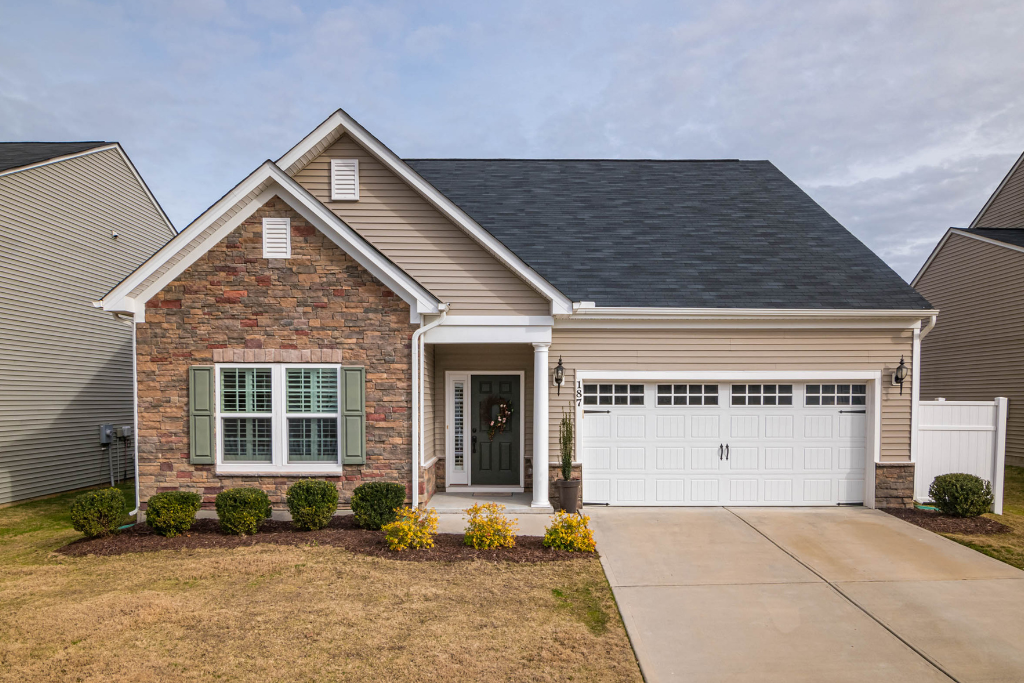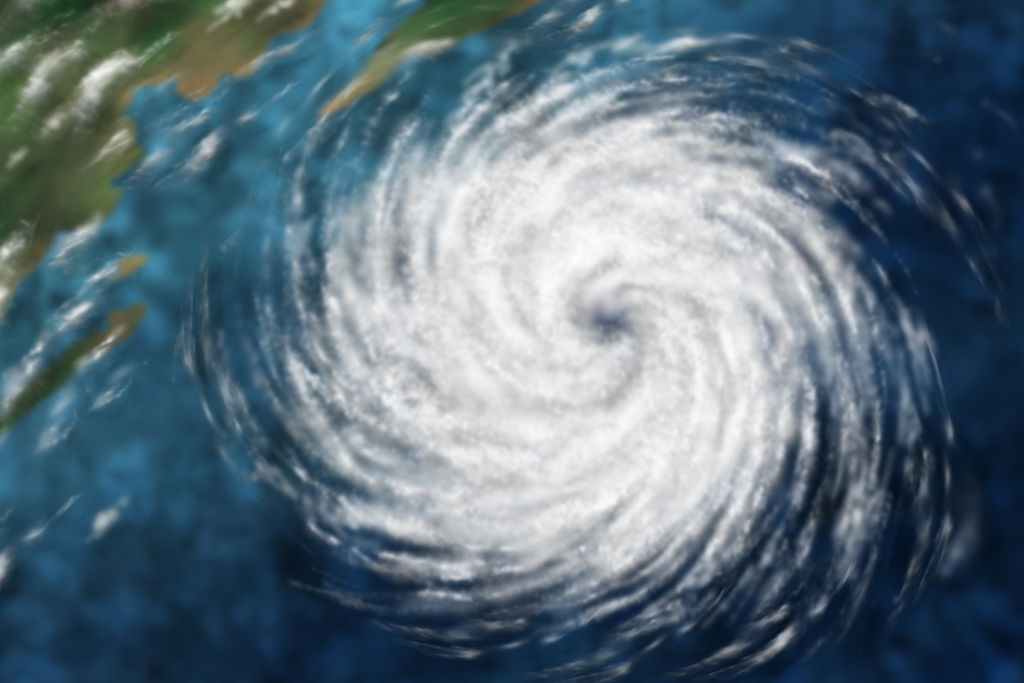Cyclones can be hazardous natural phenomena, causing widespread destruction and loss of life. To deal with these powerful storms, it is important to take proactive measures before they strike. This includes staying informed about the weather patterns in your area and preparing an emergency kit that contains essential items such as food, water, and first aid supplies. During a cyclone, it is crucial to stay indoors and away from windows or doors that could break under the force of the wind. If you are unable to evacuate beforehand, seek shelter in a secure room or basement if possible. After the storm has passed, it is important to stay vigilant for any potential hazards, such as downed power lines or flooding. By being prepared and taking proper precautions during a cyclone event, you can help keep yourself and your loved ones safe from harm’s way.
Preparedness
From November to April, tropical cyclones are a part of life in Northern Australia. They can cause severe flooding and destruction. The Bureau of Meteorology advises that people should not go near bodies of water when a cyclone warning is issued. Boats should be removed from the water, secured, and preferably moored in a pen or on a jetty. The most common hazard associated with tropical cyclones is freshwater inland flooding.
 Cyclones also bring torrential rain, storm surges, destructive winds, and sometimes tornadoes. To protect yourself and your family, it is important to follow a cyclone evacuation plan, keep up-to-date with cyclone information (by listening to the radio or the internet), and prepare your home in advance. This includes making sure that your house is built to withstand cyclone-force winds, trimming tree tops and eaves, and fitting shutters or metal screens to glass areas of the house.
Cyclones also bring torrential rain, storm surges, destructive winds, and sometimes tornadoes. To protect yourself and your family, it is important to follow a cyclone evacuation plan, keep up-to-date with cyclone information (by listening to the radio or the internet), and prepare your home in advance. This includes making sure that your house is built to withstand cyclone-force winds, trimming tree tops and eaves, and fitting shutters or metal screens to glass areas of the house.
Evacuation
When a cyclone approaches, you must always heed the instructions of your local authorities. They know the area best and have a responsibility to serve their community. By following their directives, you can save yourself and your loved ones. During preparation, you should decide how you will secure outdoor items such as sheds and caravans, and prepare your emergency kit. You should also have a plan for evacuating.

When the cyclone arrives, you should immediately enact your plans and evacuate. Remember that even if the cyclone is downgraded, torrential rain, storm surge, and strong winds can still cause flooding. It is important that you follow evacuation instructions and stay tuned to your local radio or TV for updates. Also, remember to boil your water until authorities deem it safe.
Shelter
Generally, the safest option is to shelter at home (Shelter in Place), unless your house is not up to scratch or you live in an evacuation zone. Make sure you have enough food and water to last a few days.

The greatest risk from tropical cyclones is not from their destructive winds but from storm surges, heavy rainfall, and flooding. These secondary phenomena are responsible for major damage to lifeline infrastructure, such as power and telecommunication towers; houses; roads, bridges, and culverts; crops; and the destruction of villages and rural areas.
There are a number of multipurpose cyclone shelters available. However, research shows that their design has failed to address the needs of the disabled and older population groups. It is essential to improve the accessibility and inclusion of cyclone shelters by incorporating widely accepted inclusive design principles.
Cyclone-proofing your
With destructive winds, torrential rainfall, and storm surges, tropical cyclones can cause the destruction of houses; lifeline infrastructure (power and communication towers, roads, bridges, and culverts), food stores, and crops. Inland flooding from the heavy rains associated with a cyclone can also be deadly. Freshwater floods are to blame for more than three-fourths of tropical cyclone deaths.

Make sure that your house is built to cyclone standards and that windows are boarded or fitted with shutters. Trim all treetops and branches well before your house (get council permission). Check that doors and windows are secure. Keep listening to the radio and heeding warnings, especially when a cyclone alert is issued.
The Hazards of Tropical Cyclones
A tropical cyclone is a large storm that forms over warm tropical oceans. They are called hurricanes in the Atlantic and Northeast Pacific, cyclones in the Indian Ocean and South Pacific, and typhoons in the Northwest Pacific.

The major hazards of a tropical cyclone are floods from rain and storm surges from the sea. The waves produced by a cyclone can also cause dangerous rip currents. These rips are channeled currents that pull swimmers away from shore. They are often more deadly than the breaking waves themselves.
If a cyclone warning is issued, don’t go out on the water. Listen to radio warnings and follow the advice of the authorities. Check that your home is safe on high ground and secure; fit shutters or metal screens to all glass windows; and trim tree tops and branches (get council permission first). Store chemicals and poisons above floor level.
0 Comments